
Tron price

Disclaimer
OKX does not provide investment or asset recommendations. You should carefully consider whether trading or holding digital assets is suitable for you in light of your financial condition. Please consult your legal/tax/investment professional for questions about your specific circumstances. For further details, please refer to our Terms of Use and Risk Warning. By using the third-party website ("TPW"), you accept that any use of the TPW will be subject to and governed by the terms of the TPW. Unless expressly stated in writing, OKX and its affiliates (“OKX”) are not in any way associated with the owner or operator of the TPW. You agree that OKX is not responsible or liable for any loss, damage and any other consequences arising from your use of the TPW. Please be aware that using a TPW may result in a loss or diminution of your assets. Product may not be available in all jurisdictions.
Tron market info
Market cap = Circulating supply × Last price

Tron Feed

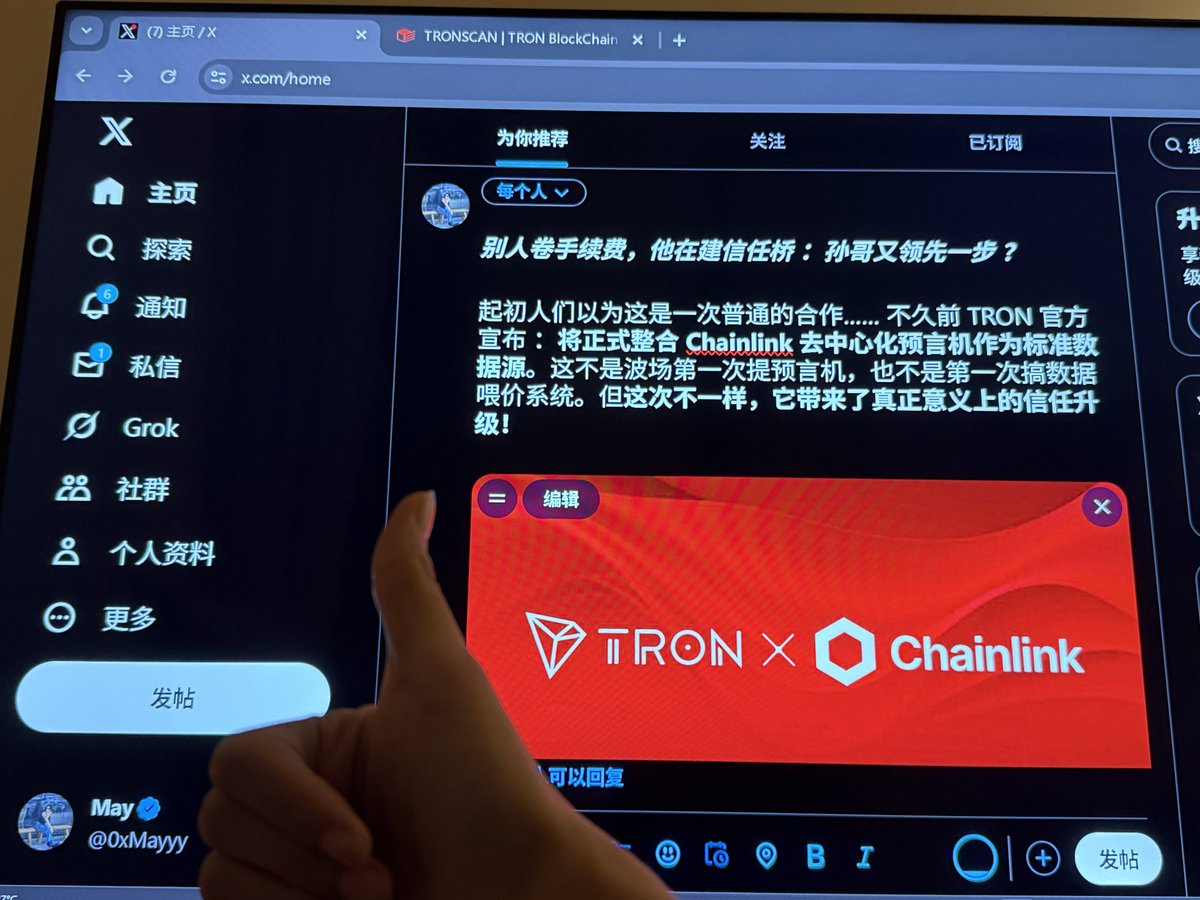

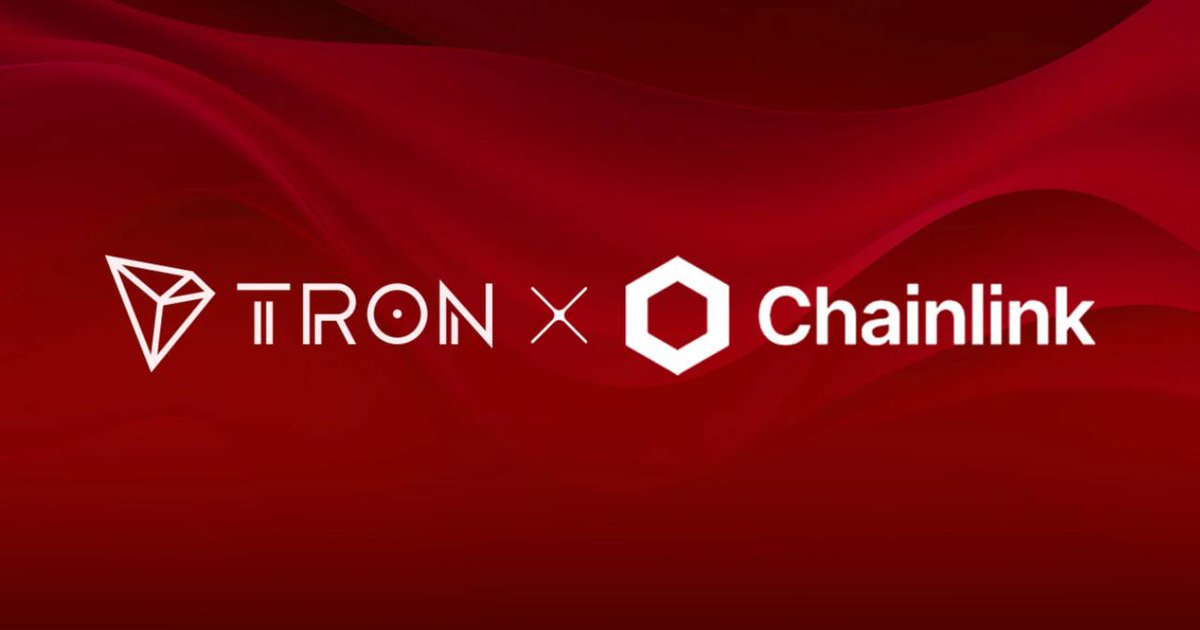
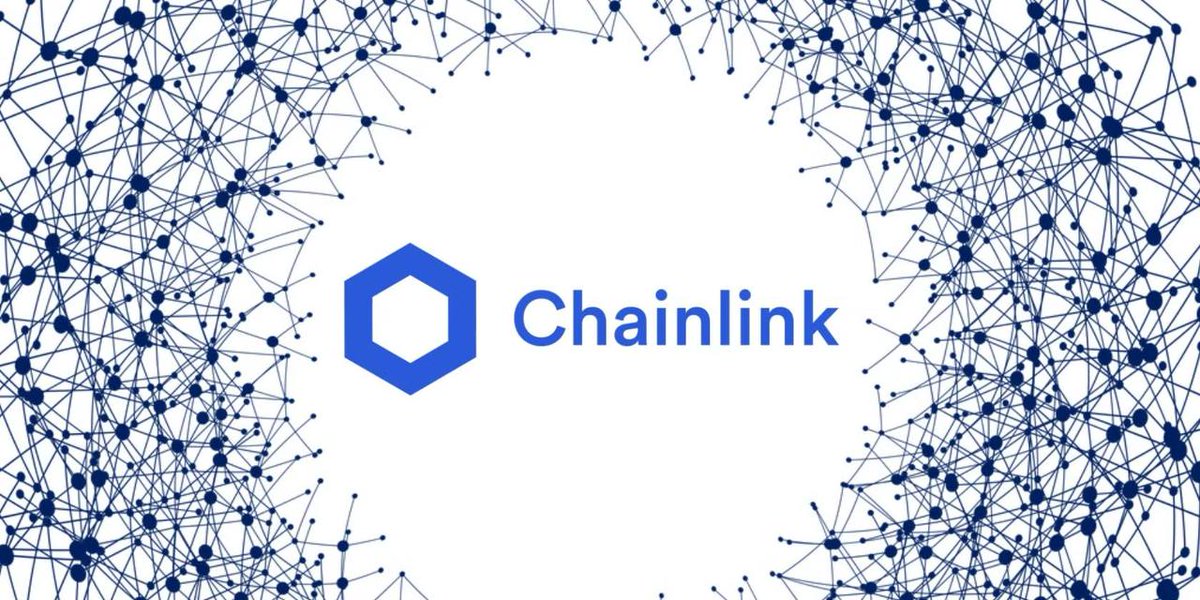
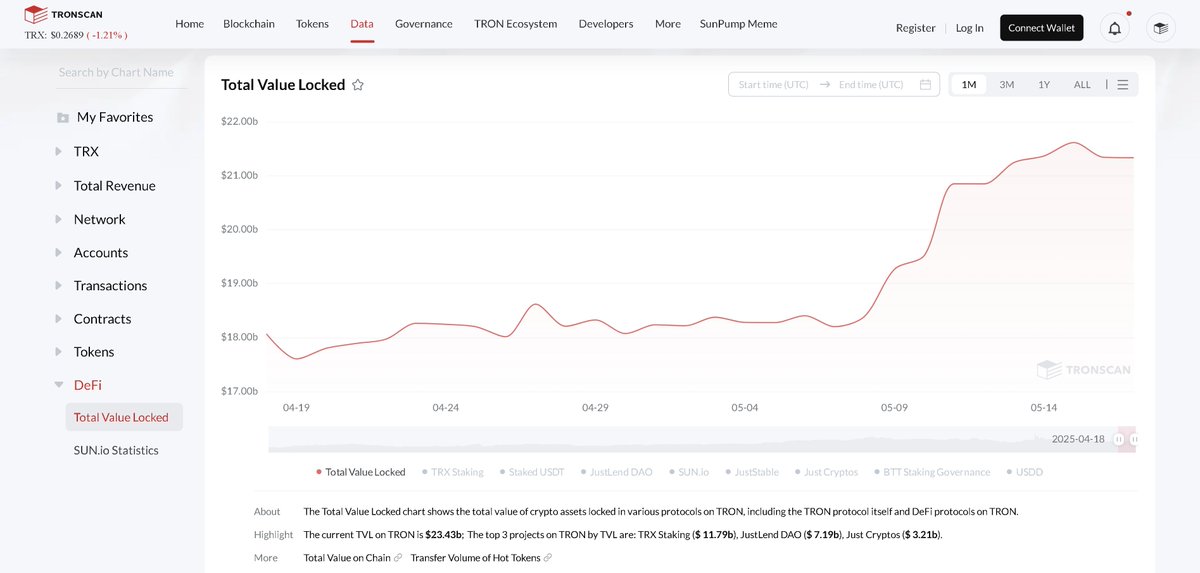
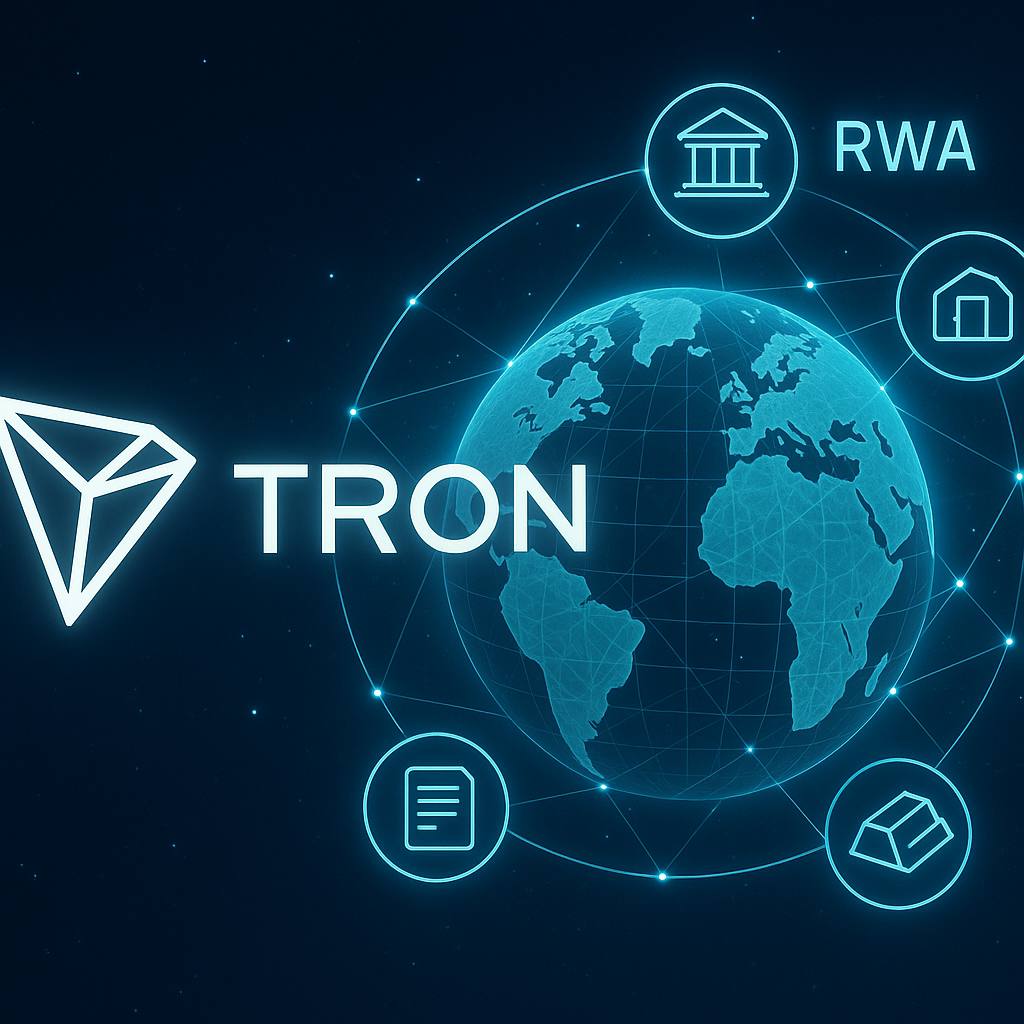



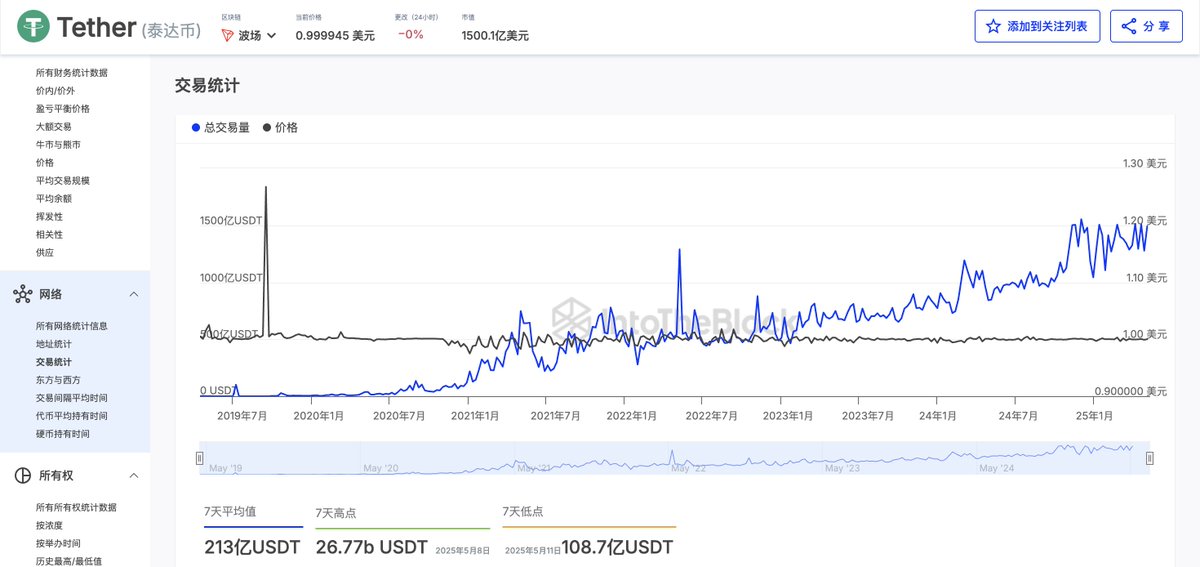
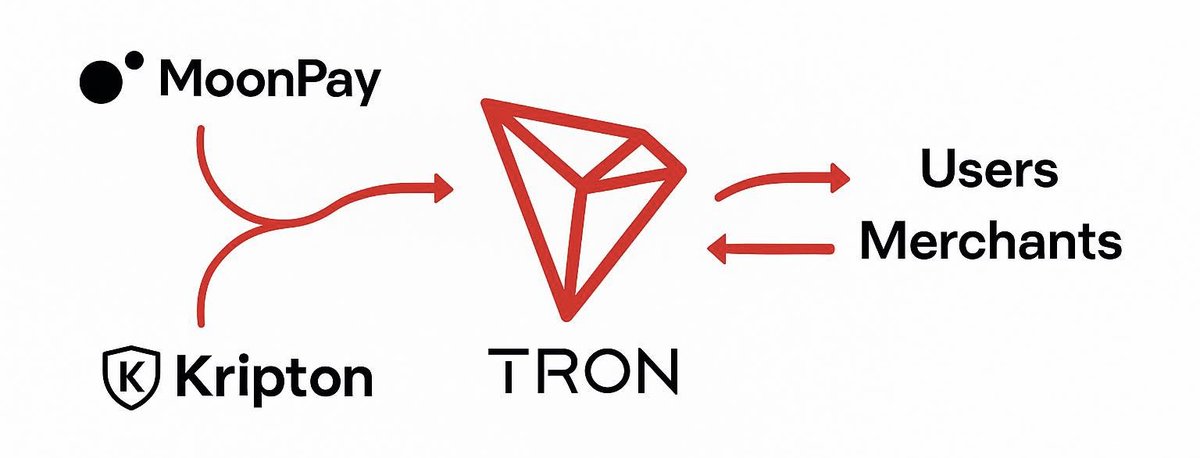
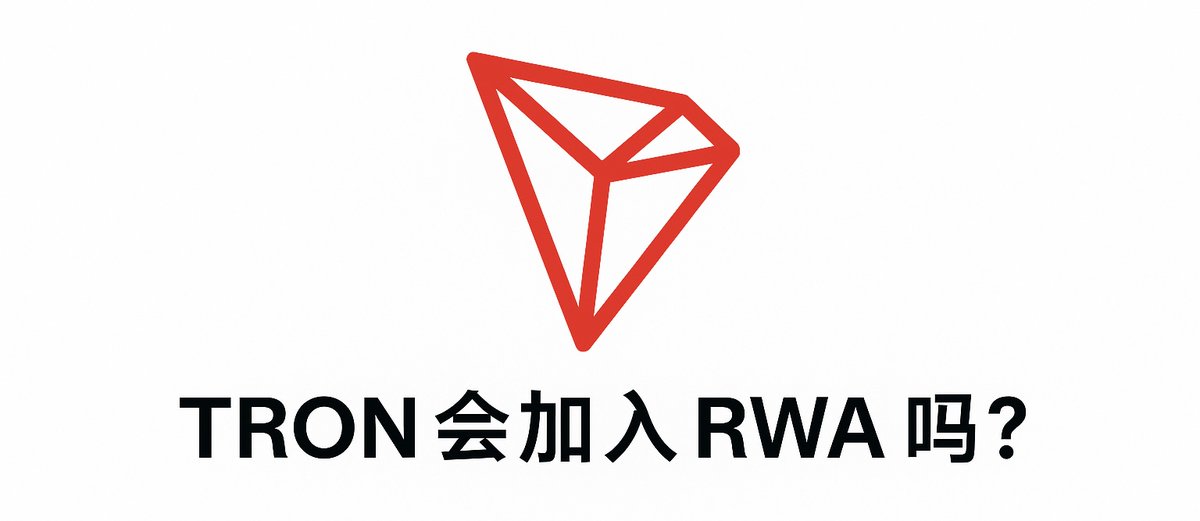






TRX calculator


Tron price performance in USD
Popular Tron conversions
| 1 TRX to USD | $0.26276 |
| 1 TRX to EUR | €0.23492 |
| 1 TRX to PHP | ₱14.6797 |
| 1 TRX to IDR | Rp 4,325.27 |
| 1 TRX to GBP | £0.19756 |
| 1 TRX to CAD | $0.36702 |
| 1 TRX to AED | AED 0.96509 |
| 1 TRX to VND | ₫6,819.62 |
About Tron (TRX)
- Official website
- White Paper
- Github
- Block explorer
Latest news about Tron (TRX)



Learn more about Tron (TRX)


Tron FAQ
Tron is a decentralized blockchain platform with smart-contract support, which allows it to host applications like decentralized apps (DApps), games, and DeFi protocols. The Tron network is governed collectively by its users through TronDAO.
Staking TRX tokens allows you to earn a passive income on them and participate in the voting system, determining what changes are to be made to the Tron network. Deposit your TRX in OKX Earn's low-risk and flexible savings pool to start earning interest today.
Easily buy TRX tokens on the OKX cryptocurrency platform. Available trading pairs in the OKX spot trading terminal include TRX/USDT, TRX/USDC, TRX/ETH, and TRX/BTC.
You can also buy TRX with over 99 fiat currencies by selecting the "Express buy" option. Other popular crypto tokens, such as Bitcoin (BTC), Ethereum (ETH), Tether (USDT), and USD Coin (USDC), are also available.
Swap your existing cryptocurrencies, including XRP (XRP), Cardano (ADA), Solana (SOL), and Chainlink (LINK), for TRX with zero fees and no price slippage by using OKX Convert.
To view the estimated real-time conversion prices between fiat currencies, such as the USD, EUR, GBP, and others, into TRX, visit the OKX Crypto Converter Calculator. OKX's high-liquidity crypto exchange ensures the best prices for your crypto purchases.
Monitor crypto prices on an exchange
ESG Disclosure
TRX calculator




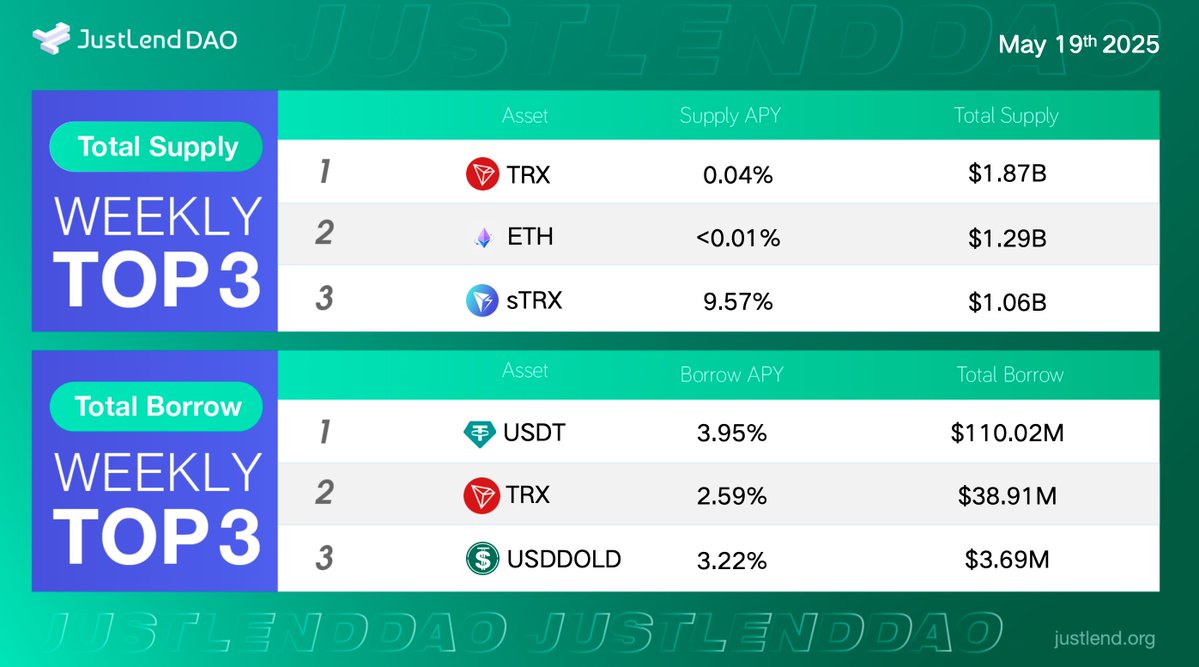












Socials